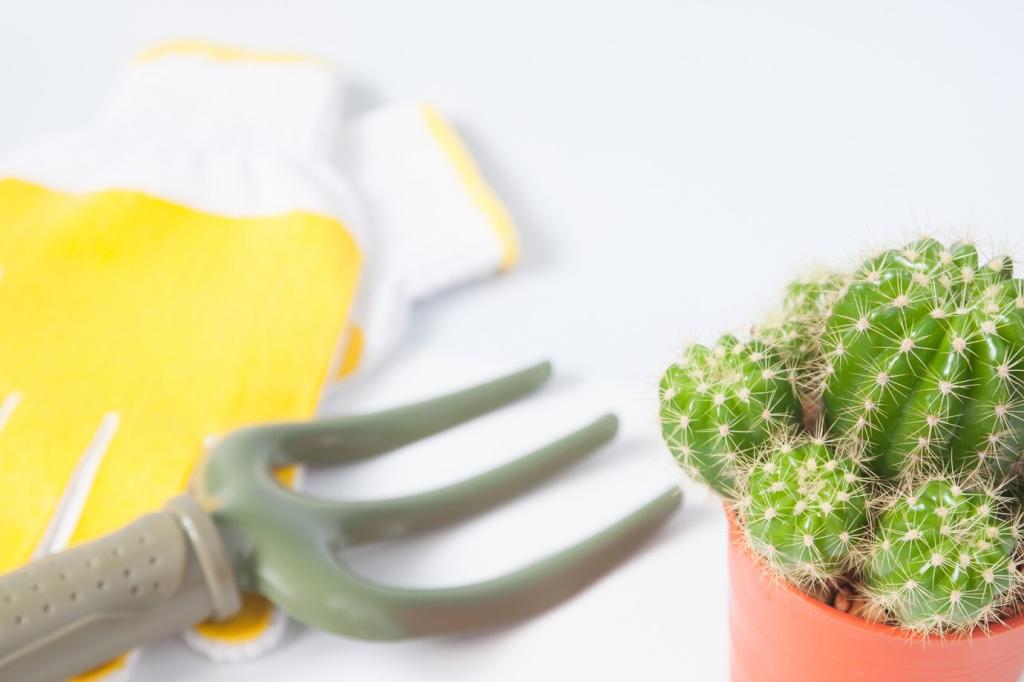Targeted Remedies That Stay Natural
For white rings, spread a whisper-thin layer of mayonnaise or a dab of white, non-gel toothpaste mixed with baking soda, then buff lightly. Alternatively, place a cotton cloth over the mark and warm gently with a low iron, checking every few seconds.
Targeted Remedies That Stay Natural
Dust baking soda, arrowroot, or cornstarch over the stain to draw out oils naturally. Let sit for thirty minutes, then brush away. Finish with a drop of mild plant-based soap on a damp cloth, wiping gently and drying immediately to protect the finish.




